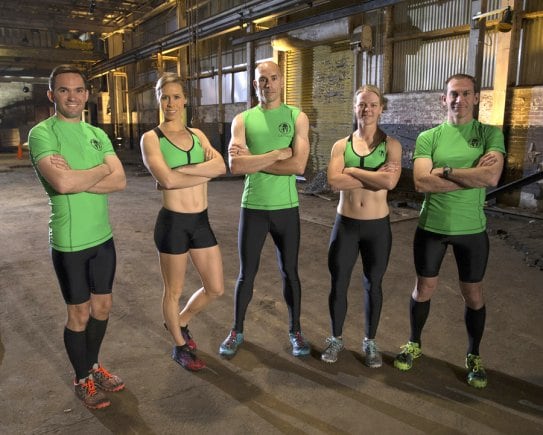At half the cost of a helicopter, the Army is rolling out immersive flight trainers that can simulate threats and emergencies.
The Black Hawk Air Crew Trainer, or BAT, trains pilots on the UH-60M and — unlike other simulators — is made out of actual Black Hawk helicopter parts, according to an April 20 release from the Army.
"This trainer utilizes a whole real front end of a helicopter, using actual components from the helicopter," said Chief Warrant Officer 2 Travis Vanlengen, an Iowa National Guard flight instructor and civilian BAT operator by day. "In terms of going between the helicopter and the simulator, there's no difference in the functionality of it — the buttons [pilots] are pushing, the procedures they go through, are the same between the helicopter and the simulator."
Fort Carson, Colorado, unveiled a BAT prototype last May, while Fort Hood, Texas, has a permanent trainer. More recently, the Iowa National Guard began training on a simulator that will serve more than 100 pilots in the Midwest,
"The BAT allows us to train pilots in situations we hope they never find themselves in," Vanlengen said. "Whether it be emergency procedures we cannot simulate in the aircraft, or to train pilots in threat scenarios, so they know how to properly react when they're exposed to those threats in Afghanistan, Iraq or future environments."
The simulator can throw pilots into rough weather conditions, but it can also train them on how to respond to enemy fire.
"It also gives me the capability of inducing hundreds of emergency procedures by failing certain systems in the helicopter and having the pilots react accordingly," said Vanlengen.
For example, BAT can simulate dual-engine failure, in-flight fire, tail rotor malfunction and other mechanical breakdowns, many of which are fatal in real life and can't be practiced during a training flight.
Increasing time in high-tech trainers can also save money while keeping pilots proficient, according to the release.
One BAT costs $9 million, compared with the Black Hawk's $17 million price tag, plus $4,500 per flight hour to fuel and maintain it.
Because the Army owns BAT, Vanlengen said, it can employ its own contractors to operate and maintain it.
The Iowa BAT serves about 130 pilots in Iowa, Minnesota, Wisconsin and South Dakota, which amounts to more than 2,000 hours of training a year, Vanlengen said.
By contrast, Black Hawk pilots in Iowa used to have to travel to Minnesota, Kansas or Michigan to get simulator training. The time and cost associated meant they were only mandated to spend six hours in a simulator per year, according to the release.
Now, they've tripled that requirement.
"Having the BAT at Camp Dodge is huge for us, because now we can send people down on an additional flight training period and they can get their simulator time without leaving the state of Iowa," instructor pilot Chief Warrant Officer 4 Steven Stumbo said.
There are 11 more trainers scheduled to be spread throughout the U.S., the release said.
Meghann Myers is the Pentagon bureau chief at Military Times. She covers operations, policy, personnel, leadership and other issues affecting service members.





